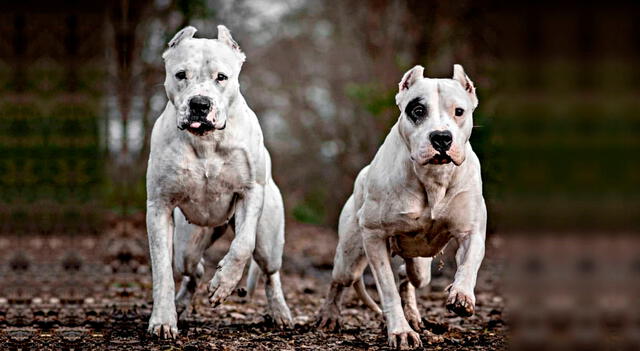How dogs show they’re near the end – Signs your doggy is preparing to say goodbye
Dogs may show signs they’re nearing the end of life, such as behavioral changes, reduced appetite, and mobility issues.

Saying goodbye to a beloved dog is one of the most emotional experiences for pet owners. Dogs, however, often communicate their impending departure through subtle but meaningful signs. These physical and emotional behaviors are their way of preparing for the end, even if they can’t express it in words.
By recognizing these signs, pet owners can provide comfort and support to their furry companions in their final moments. Understanding what to expect helps ease the transition, ensuring that dogs spend their last days surrounded by love and care.
What are the signs dogs exhibit before death?
As dogs approach the end of their lives, their behavior undergoes noticeable changes. They may become withdrawn, preferring solitude over the usual social interactions. Your once-energetic dog might stop responding to familiar routines, including walks or playtime. This behavior isn't necessarily a rejection of their human family, but rather an instinctual retreat to conserve energy.
In contrast, some dogs may become more affectionate, seeking constant physical contact and comfort from their owners. They might rest their heads on your lap or follow you around the house, as if they’re asking for reassurance.
Both scenarios are natural and reflect how dogs process the changes they feel within their bodies. These emotional shifts are an early indicator that their journey is nearing its end.

Owners should recognize this changes to spend more time with their doggys. Photo: iStock.
Along with emotional changes, physical symptoms begin to manifest as a dog’s health deteriorates. Loss of appetite is one of the earliest and most recognizable signs. A dog that refuses food or water may be experiencing internal organ decline, making it difficult for them to digest nutrients. Over time, you might notice significant weight loss and lethargy as their body slows down.
Breathing patterns may also change. Some dogs develop labored or irregular breathing, characterized by long pauses between breaths or rapid panting. Additionally, mobility can become a challenge. Dogs may have trouble standing, walking, or climbing stairs due to weakened muscles and joint pain.
Providing soft bedding and ensuring they do not have to exert themselves unnecessarily can offer relief. If your dog shows signs of severe discomfort, consulting with a veterinarian is crucial to explore pain management options.
How to provide comfort and support when your dog is saying goodbye
During your dog’s final days, ensuring they feel safe, comfortable, and loved is essential. Start by creating a peaceful environment that minimizes noise and disruptions. Place your dog in a favorite spot with soft bedding, away from busy areas of the home. Your presence will also be invaluable. Dogs are incredibly intuitive and can draw comfort from having their owners close by, offering gentle strokes and calm words of reassurance.
Veterinary support plays a crucial role during this stage. A professional can evaluate your dog's condition and recommend pain relief options if necessary. In cases where a dog's quality of life deteriorates rapidly, discussing humane options such as euthanasia may become necessary to prevent further suffering. However, the most important thing is to be present, show empathy, and provide emotional support until the very end.
